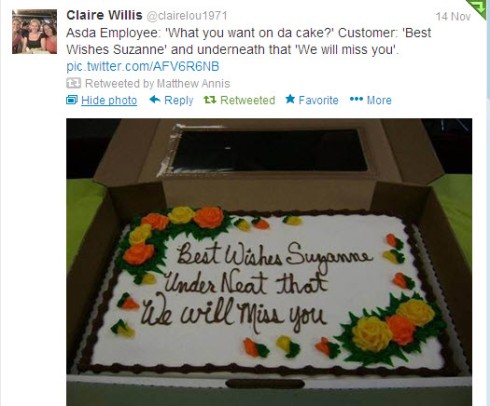Twitter is such an important part of my PLN that this year I thought it would be a good idea to collate my top 10 tweets of 2012. These tweets are not my own tweets, but tweets that I have either RT or made a favourite.
In the year of Storyline and Captivate 6, an interesting observation that shapes my instructional design decisions.
I’ve noticed a move away from e-learning and towards video creation. A great blog post explaining why.
http://clive-shepherd.blogspot.co.uk/?view=timeslide#!/2012/08/why-video-trumps-e-learning.html
This video will change your life (well help you explain to your manager the need for an extension to a deadline).
http://www.wimp.com/creativityaffected/
Another fantastic observation about a trend in L&D departments this year.
Sometimes we need big ideas to inspire. This is a big idea this inspires me about the future of learning.
I love tweets that point to great examples of work. Here is an example of how to use Prezi that is just “wow”!
http://prezi.com/swceiv2g3bbt/60-educational-apps-in-60-minutes/
Susan Cain’s argument about “the power of introverts” is a revelation for me, especially in the context of working in a North American workplace.
http://www.thedailymuse.com/career/surviving-as-an-introvert-in-an-extroverts-world/
This tweet was an eye opener. Time to rethink gender and technology.
I don’t get to go to conferences, but hashtags and live-tweeting have made me feel that I have attended several this year.
Going to work is like reliving my childhood (sometimes).
And one extra, because sometimes Twitter delivers gems like this:











